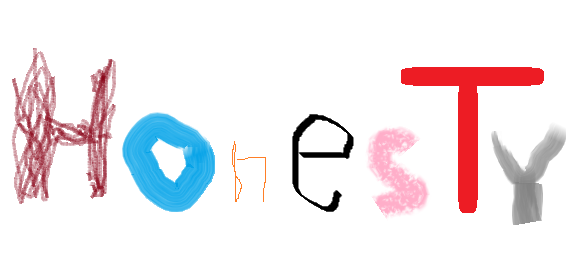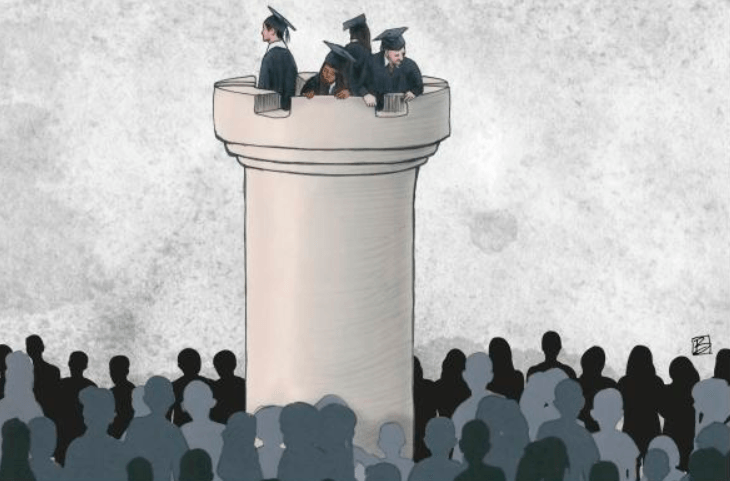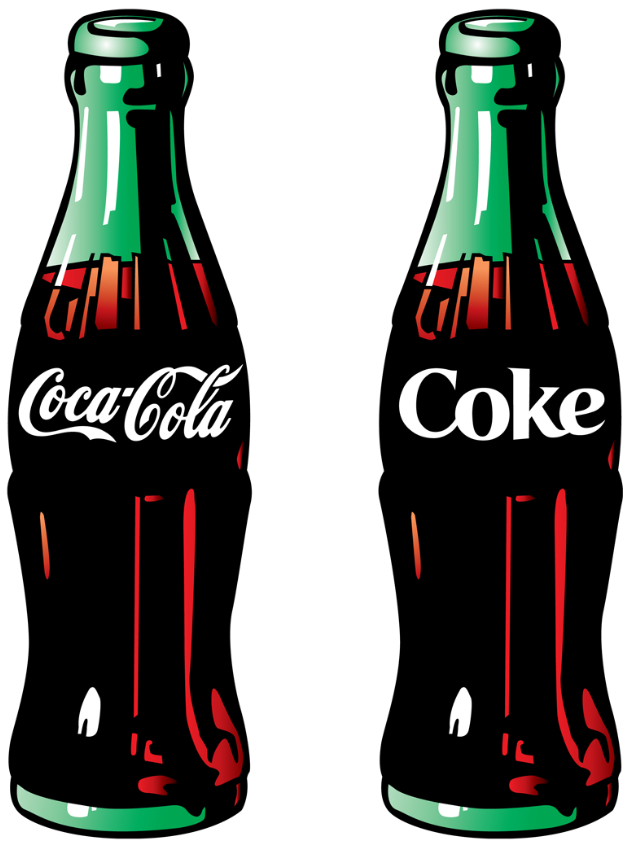WHEN THE BOAT MUST FLOAT
I have been monitoring the Panama Canal expansion project completion with great interest. Finally complete after a decade, costing $5.4 billion, and involving 40,000 workers, the project was not without its difficult days. In fact, this one might turn out to be a classic case destined for the business school textbooks on how not to do project planning. A number of red flags catch our attention:
- In 2009, the four-nation consortium led by a Spanish company, was awarded the bid at $3.1 billion. This was a billion dollars cheaper than the closest competitive bid. Was it realistic? Obviously not, since the total cost at completion was $5.4 billion.
- From the beginning, leadership almost seemed in a state of disarray. As the New York Times describes, “ Some executives appeared not to fully grasp how little money they had to complete a complex project with a tight deadline and a multicultural team whose members did not always see things the same way. ” (Walt Bogdanich, Jacqueline Williams, and Ana Graciela Mendez. “Panama Canal Begins New Era under a Cloud” in The Kansas City Star . June 23, 2016, pp. 7A, 10A).
- Lock design may have fallen short. Tugboat captains report that they will have difficulties escorting big container ships due to the tight fit. The new lock dimensions are 1,400 by 180 feet. Tugboats are about 100 feet long and the container ships are 1,200 by 160 feet. Do the math. Some experts assert that the new lock dimensions should have been 1,528 by 200 feet. We will have to see how the traffic flows, especially under all weather conditions.
- Quality concerns about the concrete emerged. Unexpected leaks in the locks required repairs and reinforcements. That does not bode well for a facility that is supposed to control water.
You can only build as well as you can design, and you can only design as well as you can plan, and you can only plan as well as you can research. It always comes back to the research. I have never seen a project team that regretted it did too much research. I have seen many that regretted they did too little research.
In the Panama Canal expansion project, it seems the research was not as thorough as it should have been. Hopefully, business students will learn from it, project teams will learn from it, and every observer will learn from it. Many future “Panama Canals” await us. How well we do the research will make all the difference in the world.











